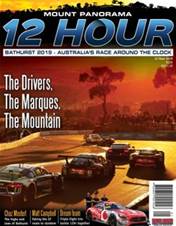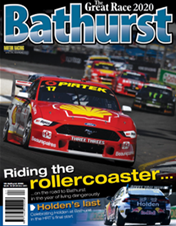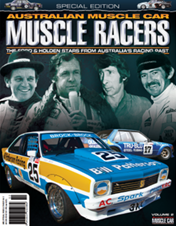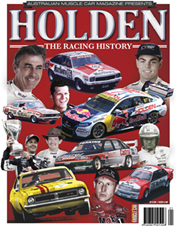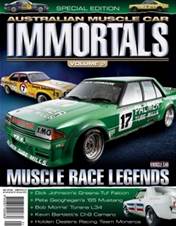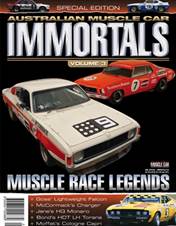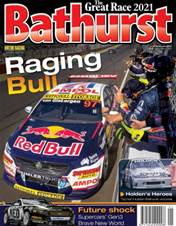In our story back in Issue 42 of Australian MUSCLE CAR about the works Monaros and Falcons that competed in the 1970 Ampol Trial, mention was made of Bob Watson’s famous HK Kingswood. It was powered by a 307ci Chev V8 connected to a two-speed Powerglide automatic, which he used to win the 1968 Victorian State Rally Championship (which was close to as good as it got in local rallying back then, as the Australian Rally Championship was only held for the first time that same year).
Ted Perkins knows all about this car, because he’s restored it and occasionally runs it in classic rallies. Ted reckons it has to be the oldest surviving HDT car, or ‘Holden Dealers Rally Team’ (HDRT) to be correct.

Before the arrival of Harry Firth, Holden sales manager John Bagshaw ran his own semi-official rally team from the factory service garage at Holden’s Fishermen’s Bend HQ in Melbourne. In 1968, GM still had a worldwide ban on involvement in motor racing, but Bagshaw thought his HDRT was a crucial part of his marketing plans. And besides, ‘rallying’ wasn’t ‘racing’ was it?
The three factory cars were sponsored by three of Melbourne’s largest GM-H dealerships: Preston Motors, Bill Patterson Motors and S.A. Cheney. Preston Motors sponsored Watson’s V8 Kingswood.
In those days, Bob Watson worked at GM-H as a suspension engineer. The other HDRT drivers were Reg Lunn and Tony Roberts. Roberts and Watson famously teamed up to score the first and only Monaro victory at the Sandown Three-Hour production car race in 1968. However, despite the factory connections, this was promoted as a ‘private’ entry by Tony Roberts who supposedly bought the Monaro off the production line.
Watson in the HDRT Kingswood dominated the Victorian Rally Championship in 1968, winning five rounds and coming second in the other. He also competed in most rounds of the Australian Rally Championship series, which ironically was won that year by Harry Firth in a works-entered Ford Cortina!
Ted Perkins found the ex-Bob Watson V8 Kingswood sitting in the back shed of fellow historic rally member Ray Daniel, who had bought it from Charlie Davis; a member of the original HDRT service crew who bought it at the end of 1968. Among other things, Charlie had used it to tow a caravan around Australia.

The original car featured in the August 1968 edition of Motor Manual magazine, test driver Chris de Fraga noting that “everyone insisted on STARING at the car as if it was a flying saucer”.
Although Watson maintains that the car was pretty close to standard, he’d replaced the backseat with two enormous metal boxes for holding spares and tools, fitted an extra four spotlights up front and stuck a fog light on the boot lid. It also had tow bars front and rear, in case it needed to be towed or winched out of the scenery.
The boot was filled with two spare tyres and an extra 11-gallon petrol tank from an HR Holden mounted on top of the standard 16.5 gallon tank. Fuel supply from these two tanks was controlled by a simple tap mounted on the floor next to the driver, marked ‘top’ and ‘bottom’.
Chris de Fraga took the Kingswood up to Mt. Buller and once off the bitumen noted that the car had “nicely controlled neutral steering”. The usual delay in throttle response associated with the two-speed auto had been reduced by transmission adjustment (a shift kit).
Acceleration on bitumen with nearly empty tanks was 0 to 30mph (48km/h) in 3.4 seconds, 0 to 40mph (64 km/h) in 5.3 seconds and 0 to 60mph (100km/h) in 10.3 seconds. This was all done on a set of Bob Jane’s ‘Fulda’ brand cross-ply mud and snow tyres.
De Fraga managed the standing quarter mile in a fairly leisurely 18.1 seconds, but Watson’s best 400m time was 16.5 seconds after he took the car to Brian Sampson's Motor Improvements for 'a tickle' towards the end of the 1968 season. Sampson managed to extract an extra 50 bhp from the 307 Chev.

The main mechanical mods were the LSD, a set of front discs, the replacement of the standard 2.78:1 diff with a shorter 3.36:1 ratio, stiffer rear springs from the ute and Koni shocks. A quicker-ratio power steering box was used, but without the power assistance.
The standard two-speed Powerglide auto was retained, because in 1968 no manual box was suitable. The proven technique was start off in ‘L’ then bang it into ‘D’ at around 80mph (130km/h) when the valves started bouncing!
Bob Watson was noted for throwing it sideways to keep the revs up and Perkins has followed in this tradition.
In 1998, after finishing its complete restoration, Ted Perkins had the bright idea of inviting Bob Watson to drive the beast in that year’s North Eastern Rally; an event that the Watson/Kingswood combo had won 30 years before.
This wasn’t a ‘historic’ event, so the vintage Kingswood was up against modern turbocharged rally specials. Watson had worked his way up to 21st out of the 37 cars before the rear axle slipped off its outer bearing. Watson reckons that if he had kept up the pace, he was headed for a top 15 result!




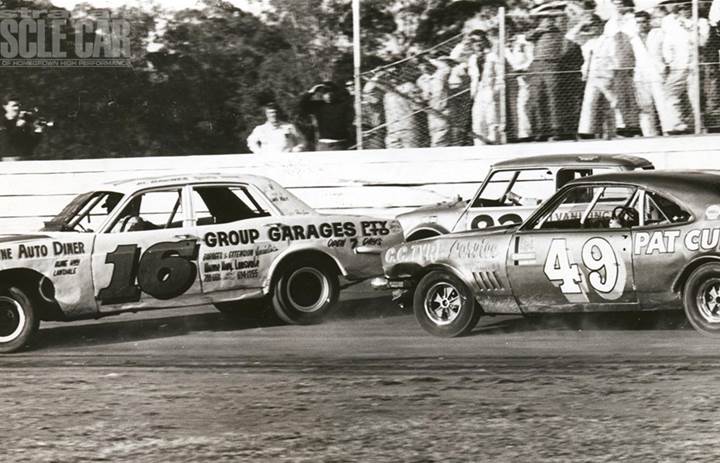
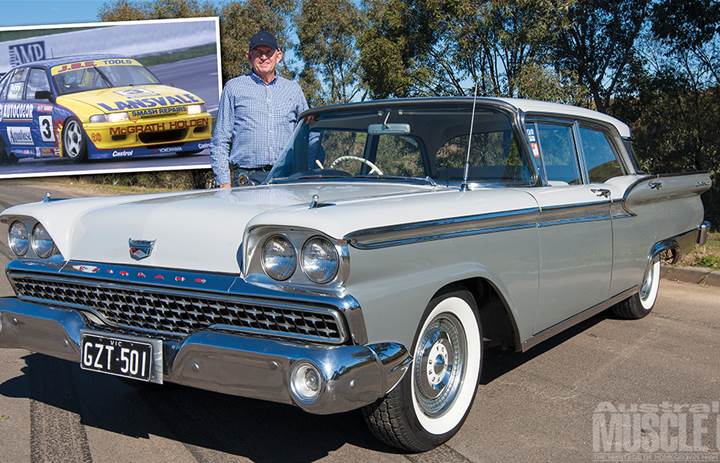
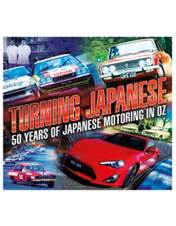

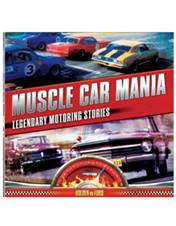
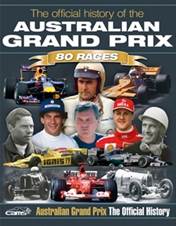
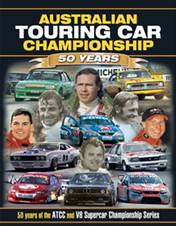
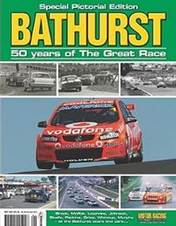
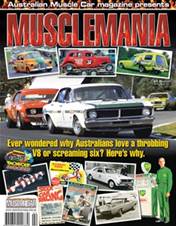
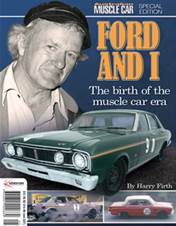
.jpg&q=70&h=226&w=176&c=1&s=1)
